Culture
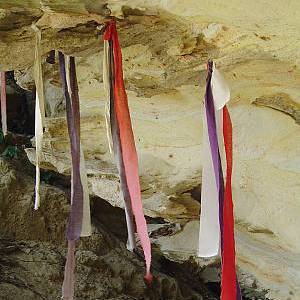
Mijikenda textiles
Words are historical ar
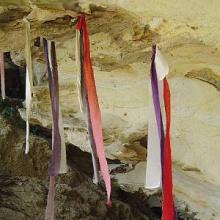
Short Teaching Module: Precolonial Kenya, a Small-Scale History
World historians like to focus on large-scale interactions between d
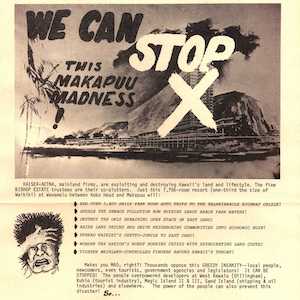
"We can stop this Makapuu madness!"
After World War II, the rise of jet travel and mass tourism brought new visitors—and new pressures—to many places within the Pacific Ocean. Hawaiʻi is a prime example of how tourism-driven development and activist responses have shaped local environments.
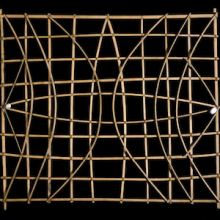
Short Teaching Module: History of the Pacific Ocean
Scholars of Pacific history explore how people build lives dependent on the ocean, how maritime connections create communities, and how humans and the environment shape each other.
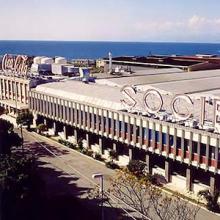
Short Teaching Module: Business History and Multilocal Approaches to World History
Globalization has meant not only greater cultural homogeniz
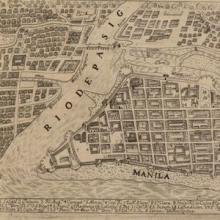
Primer: Global Urban History
Urban history is a rich subfield of historical scholarship that examines life in urban spaces, how communities within cities interact and coexist, as well as the process of city formation and urbanization.
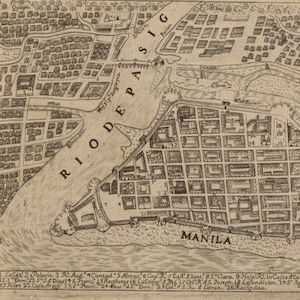
Map of the Philippines, 1734
The city of Manila is a perfect place to think about the importance of cities to world history.
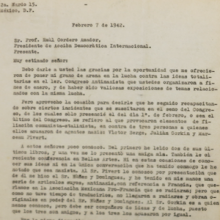
Primer: Intellectual Exchange
Ideas do not confine themselves to national borders, and thus intellectual exchange provides an invaluable lens for exploring world history. Tracing how knowledge develops and ideas spread requires a close analysis of exchange of ideas across regions — sometimes across large distances.
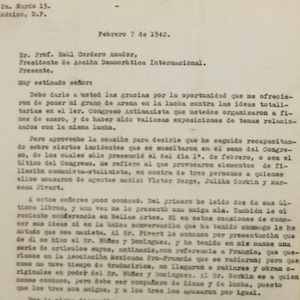
Antifascism and Leftist Politics
In February of 1942, in the middle of World War II, the Mexican feminist, educator, and archaeologist Eulalia Guzmán wrote to Raúl Cordero Amador, president of the organization Acción Democrática Internacional (International Democratic Action).

Foundations: Research and Sponsorship
The Brazilian intellectual Paulo Duarte wrote Tracy Kittredge of the Social Science Division of the Rockefeller Foundation in 1941.